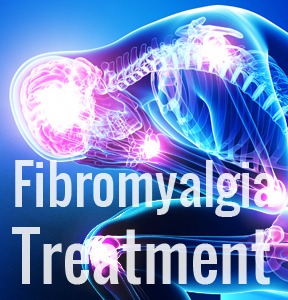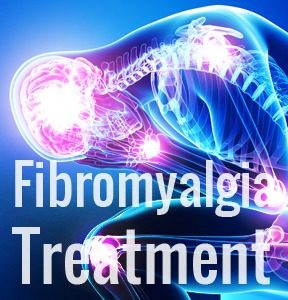
Fibromyalgia Treatment
 Fibromyalgia affects nearly two percent of the American population today. A diagnosis of fibromyalgia is determined when chronic generalized musculoskeletal pain becomes idiopathic. In other words, a clear cause for the pain cannot be determined. Fibromyalgia pain often manifests in both upper and lower body areas at some muscle-tendon points.
Fibromyalgia affects nearly two percent of the American population today. A diagnosis of fibromyalgia is determined when chronic generalized musculoskeletal pain becomes idiopathic. In other words, a clear cause for the pain cannot be determined. Fibromyalgia pain often manifests in both upper and lower body areas at some muscle-tendon points.
Patients suffering from fibromyalgia may experience symptoms of chronic fatigue, depression, chronic headaches, and irritable bowel syndrome concurrently. Where conventional pain management therapies have failed to provide significant relief from the symptoms of fibromyalgia, Ketamine Therapy has shown amazing promise.
Many physicians now recommend Ketamine Infusion Therapy as a safe, salient, and concrete treatment to their patients who suffer from fibromyalgia symptoms and have failed to get relief from other treatments. Ketamine Clinics of Los Angeles, led by Dr. Steven L. Mandel, provides ketamine infusion treatments for fibromyalgia to patients in Los Angeles, Beverly Hills, Orange County, California, and surrounding communities.
Ketamine Therapy for Fibromyalgia
There is still no consensus among researchers whether fibromyalgia is a central or peripheral pain disorder. While some experts believe that this pain is primarily emanates from the brain, others think it originates from the nerves that feed into the brain. Due to this conflict, doctors use multiple treatment modalities to address fibromyalgia in ways that would focus on the nerves both inside and outside of the brain.
Ketamine Infusion Therapy can be effectively applied to treat the symptoms of fibromyalgia through its mechanism of NMDA receptor inhibition. The thalamus in mammals, apart from the cortex, has the highest density of glutamate binding. NMDA is one such receptor type that supports glutamate binding. The thalamus is located in the center of the brain, and is recognized as one of the vital pain centers in the brain.
Additionally, various neurons or NMDA pain receptors exist outside the brain and help stimulate the pain signals to the brain. With ketamine’s natural property to block NMDA receptors, it is possible to disrupt fibromyalgia pain signals from both inside and outside of the brain. While its function inside the brain is complex and still not fully understood by researchers, the mechanism of ketamine outside the brain is a commonly understood model. Ketamine successfully blocks the transmission of pain signals through the spinal cord.
In case of many patients with fibromyalgia symptoms, as the pain sensing neurons become active, the pain stimuli get transmitted through the NMDA receptors. Ketamine Infusion Therapy can block these signals of pain, which makes it an effective anesthetic as well as an analgesic for patients of chronic fibromyalgia pain.
Research Study
Noppers et al. conducted a research study to show the benefits of Ketamine Infusion Therapy in alleviating fibromyalgia symptoms. Researchers found that following ketamine infusions, a majority of patients, compared to an active placebo controlled group, rated their pain scores to be around 50 percent reduced or more.
Many physicians now recommend a multiple infusion approach with ketamine to achieve stellar results against fibromyalgia. Dr. Mandel receives patients from Los Angeles, Beverly Hills, Orange County, California, and other towns and neighborhoods in this part of the southwest for ketamine infusion treatments.
For more information about Ketamine Infusion Therapy treatments for depression, bipolar, anxiety, post-traumatic stress disorder (PTSD), obsessive compulsive disorder (OCD), fibromyalgia, pain syndromes and other conditions contact us at Ketamine Clinics of Los Angeles in Southern California (Orange County) by clicking here or calling 310-270-0625.

